Enter a surname, town name or other keyword to search the database. Remember to
allow for the different spellings of 'Mc' and 'Mac.' Good luck!
{Search tips: Use single word search terms for more results}
You must enter some valid character(s) into the search field
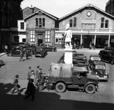
Reference: H-0230c
Station Square, Academy Street...
|
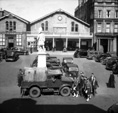
Reference: H-0230b
Station Square, Academy Street...
|
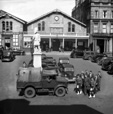
Reference: H-0230a
Station Square, Academy Street...
|
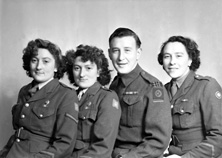
Reference: 40608b
Miss Coats. The man's arm ...
|
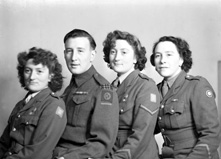
Reference: 40608a
Miss Coats. The man's arm ...
|
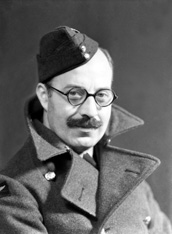
Reference: 37284
Hector Paterson, (1904-1988) a...
|
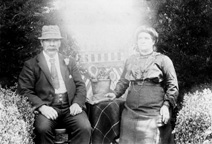
Reference: 877
Copy for Mrs Robertson, Old ...
|
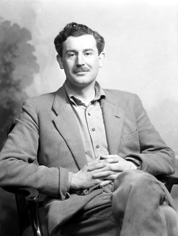
Reference: 40813b
Lord Lovat. Brigadier Simon Ch...
|
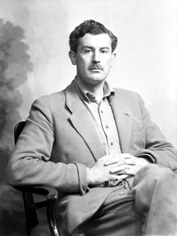
Reference: 40813a
Lord Lovat. Brigadier Simon Ch...
|

Reference: 44611f
Lieutenant John C.O.R Hopkinso...
|
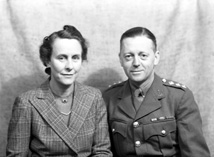
Reference: 33687g
Mrs Parry-Crooke, Suffolk. He ...
|
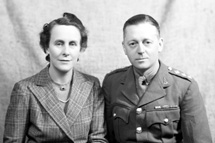
Reference: 33687f
Mrs Parry-Crooke, Suffolk. He ...
|